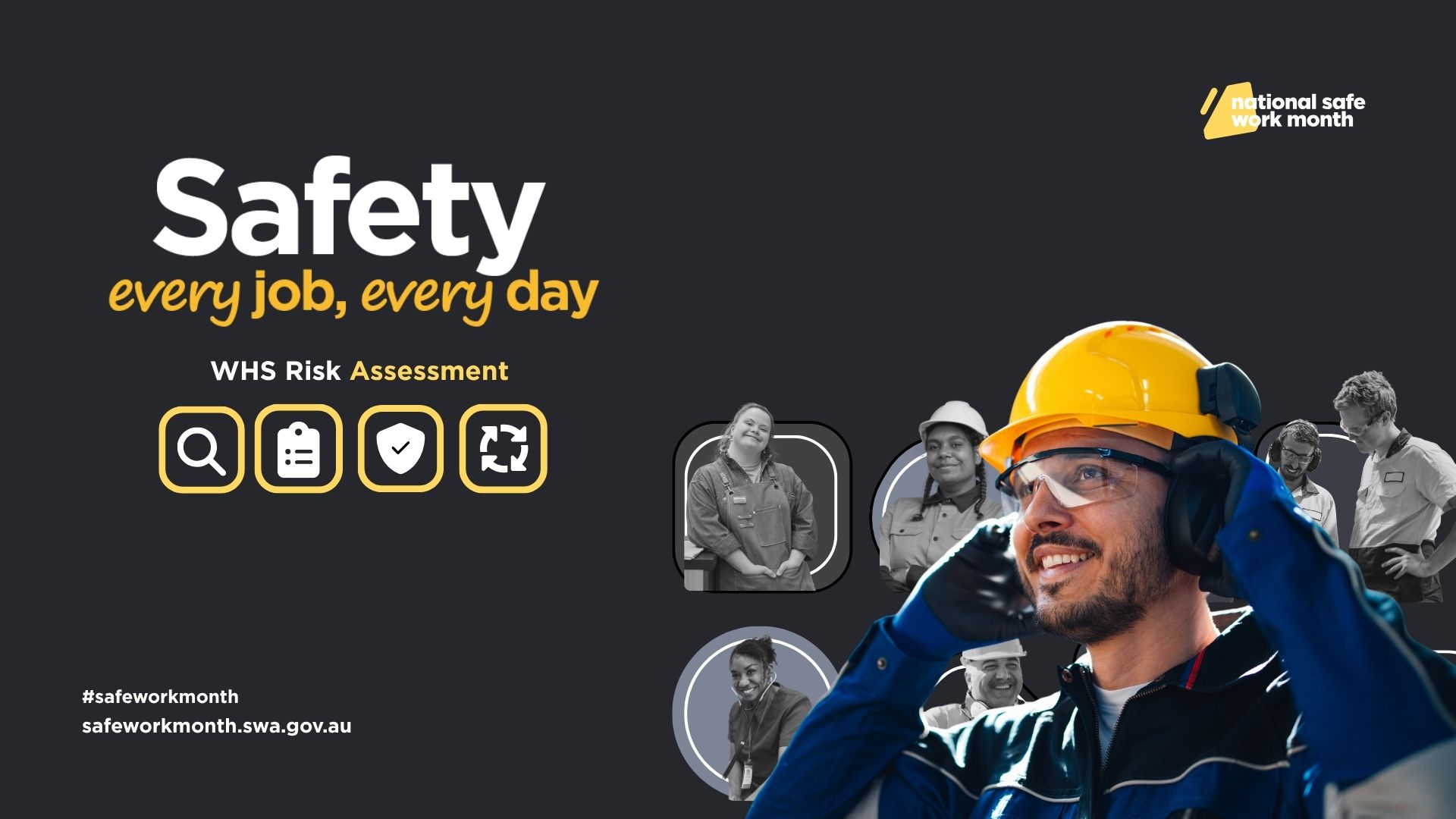Electrical Safety in Australia’s Construction Industry

Original article published by AIHS
Introduction and background
In October 2021, the Australian Institute of Health & Safety (AIHS) hosted the inaugural National Electrical Safety in Construction Conference.
Held over three days, the main conference aims were to:
- Promote awareness of the risks and hazards to ensure Electrical Safety in construction.
- Empower the workforce to recognise the risks and create a safe culture for everyone.
- Identify issues for future focus, to ensure continuous improvement in electrical safety in construction.
The conference covered a range of topics focused on the significant ongoing issues and concerns around electrical safety in construction, and presentations included discussion on:
- Safety Leadership
- Incident Investigation
- Risk management / Critical Risks of Electrical Safety: Identifying, controlling, and managing electrical safety risks
- throughout a project.
- Due Diligence
- Labour Hire & Contractor Management
- Electrical Risk
Over 300 people attended, both from a national and international audience, and with roles throughout the construction industry, and power suppliers to the industry.
Participant survey, and discussions throughout the conference – key concerns and issues raised
During the conference, a number of general discussions were held following speakers’ presentations. In addition, conference participants were surveyed at the completion of the event. This feedback identified the following issues and concerns that participants believe are primary contributing factors to increased risk in electrical safety in construction:
Complacency/Lack of Awareness
The presence of electricity and the extreme risks to safety it can represent is commonplace. What is commonplace/ubiquitous can become largely invisible in the thinking and subsequent behaviours of workers, contributing to a loss of situational awareness. (“you cannot feel, hear, smell or taste it”) This is a common challenge in relation to low prevalence/high impact risks, those which are not well understood, and/or those which are ostensibly invisible to workers unless or until an incident occurs.
Knowledge/understanding
There is a widespread view from industry participants that the level of knowledge and understanding of electricity and the risks it represents is too low and is a contributing factor to incidents. This includes the need to strengthen our understanding of how people learn, in order to build knowledge.
Design (workplace/work practice/tools and systems)
Safety in design concepts are not strongly enough applied in construction safety
New workers
The need to more strongly focus on ensuring that new workers – who are potentially most at risk in terms of lack of knowledge and awareness – are better oriented and trained, armed with the right levels of knowledge and risk awareness.
Attitudes and skills of managers and health and safety staff
Identification of (a) older style attitudes toward electrical (and other) safety and (b) the knowledge and understanding of the nature of electrical hazards – from both managers and sometimes health and safety practitioners and professionals – and the need for change.
Focus areas for change and improvement
1. Stronger focus on workplace practices and worker training which:
- Targets complacency and builds stronger situational awareness of the risks associated with Electrical safety
- Provides a stronger overall understanding of electrical hazards
- Focuses on more extensive learning for new workers
2. Continuing to improve access to high-quality information
3. An increased focus on the wider use of emerging technologies to enhance training and other learning, and general access to information
3. A stronger focus on safety in design, as a higher-level control for reduction/ prevention of onsite safety risk
4. Building better knowledge of electrical hazards amongst health and safety practitioners and professionals
5. Improvements in electrical safety risk management practice overall – in planning and analysis – that improve identification of the most at-risk groups and provide stronger guidance on how to build knowledge and awareness.
Similar events?
Notwithstanding technical issues which challenged the online experience at times, participants at the event rated the event highly, the speakers highly and strongly endorsed the idea of an ongoing, similar event to continue to keep the issues high in the thinking of those involved in electrical safety in construction.
Next steps
The AIHS plans to carry this event forward in the form of a biennial conference, with continued support from the industry.
These straightforward outcomes are provided to the marketplace including employers, regulators, the health and safety profession, and construction staff for their consideration. The overview of issues includes implications for the health and safety profession, and these are being followed up through the creation of improved electrical hazards training.





